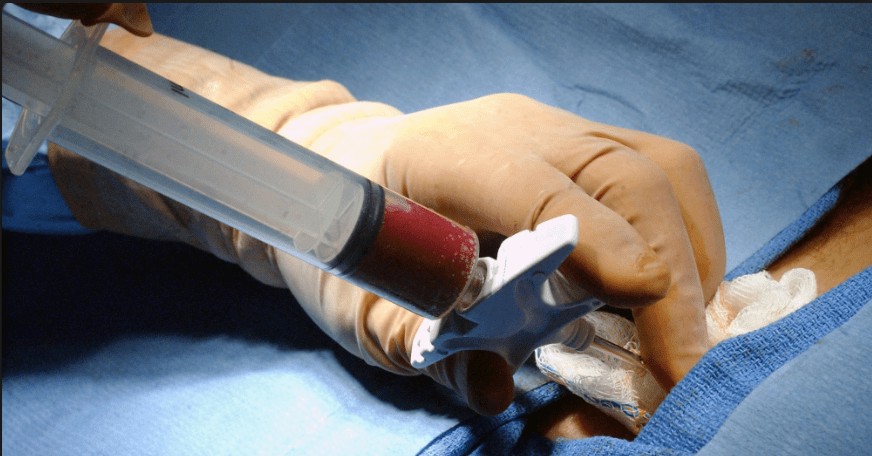 In the last few years tremendous progress has been made to provide reliable and accessible cure from thalassemia. Patients who have a fully matched donors are getting cured with high success rates. Nevertheless, the families who do not have a match continue to wait for the right curative therapy. Unrelated bone marrow transplantations continue to be very expensive. The rates of graft versus host disease, a complication which follows bone marrow transplantation continue to be very high in matched unrelated transplants.
In the last few years tremendous progress has been made to provide reliable and accessible cure from thalassemia. Patients who have a fully matched donors are getting cured with high success rates. Nevertheless, the families who do not have a match continue to wait for the right curative therapy. Unrelated bone marrow transplantations continue to be very expensive. The rates of graft versus host disease, a complication which follows bone marrow transplantation continue to be very high in matched unrelated transplants.
An alternative option is haploidentical bone marrow transplantations – in which the parents are able to donate marrow to the patient. Rapid progress is being made in the field of haploidentical bone marrow transplantation. We have been confident for a while that haploidentical transplantations are going to be the way forward to offer transplantations from parents with reasonable chance of success. After several rounds of iteration, high amount of research and fine-tuning, we are at a stage when within our network South East Asia Institute of Thalassemia, Jaipur has been able to achieve sustained success with haploidentical transplantations. With at-least 6 consecutive patients doing well with the haploidentical transplantations, we are in the process of offering haploidentical transplantations to patients at our centres. Once haploidentical transplantation are taken up on a regular basis, the limitation of a matching donor will go away for all children who have at least one natural parent or sibling.
The first of the patients already undergoing transplantation and the next few patients queued up. The future looks brighter than ever before. Nevertheless we will continue to take baby steps forward safeguarding both safety and clinical outcomes as much as possible.
For families who are keen to consider haploidentical transplantations as an option, please do keep in mind that we strongly recommend that regular management is undertaken under proper guidance. Only those children who are well managed could expect to have good transplant outcome.
